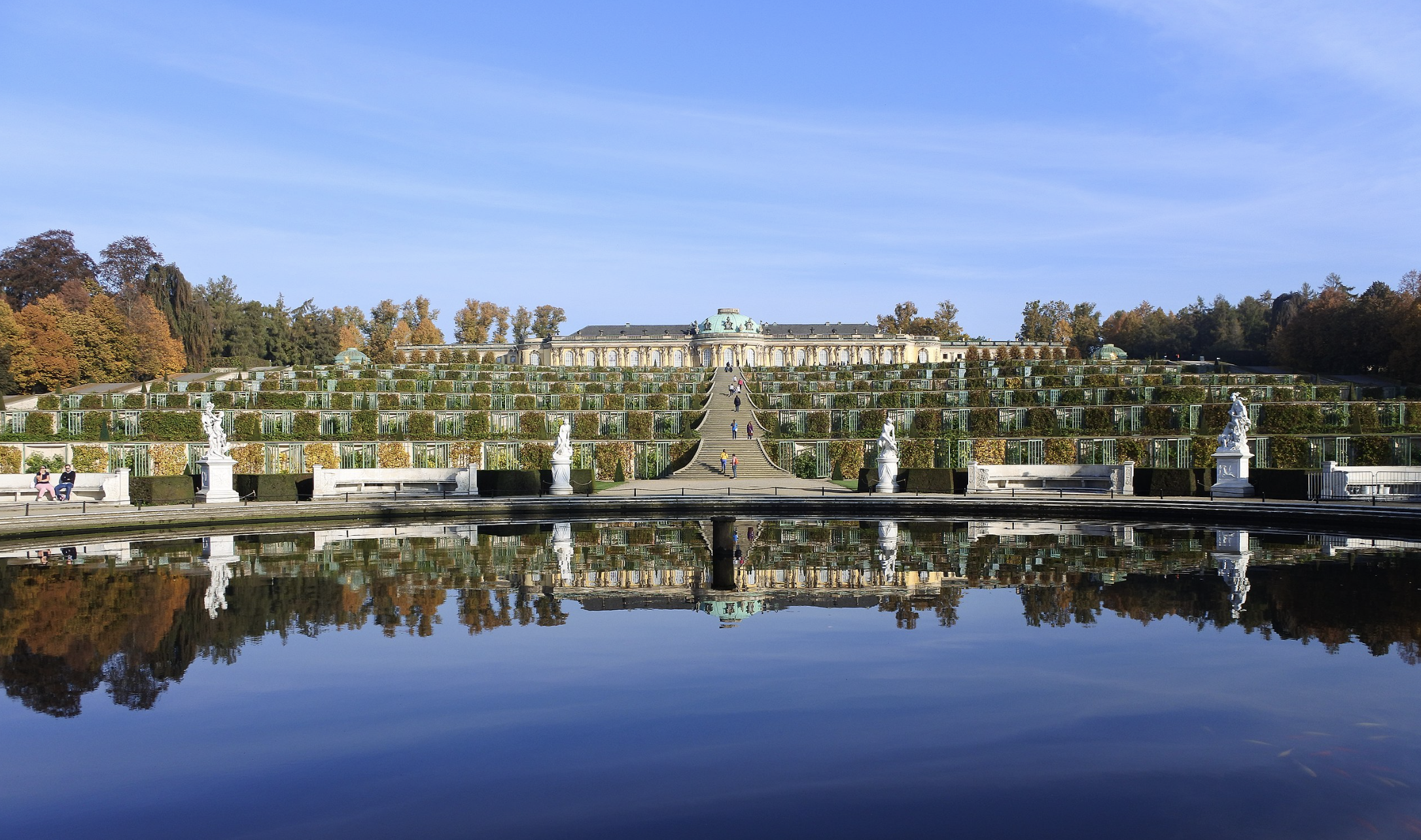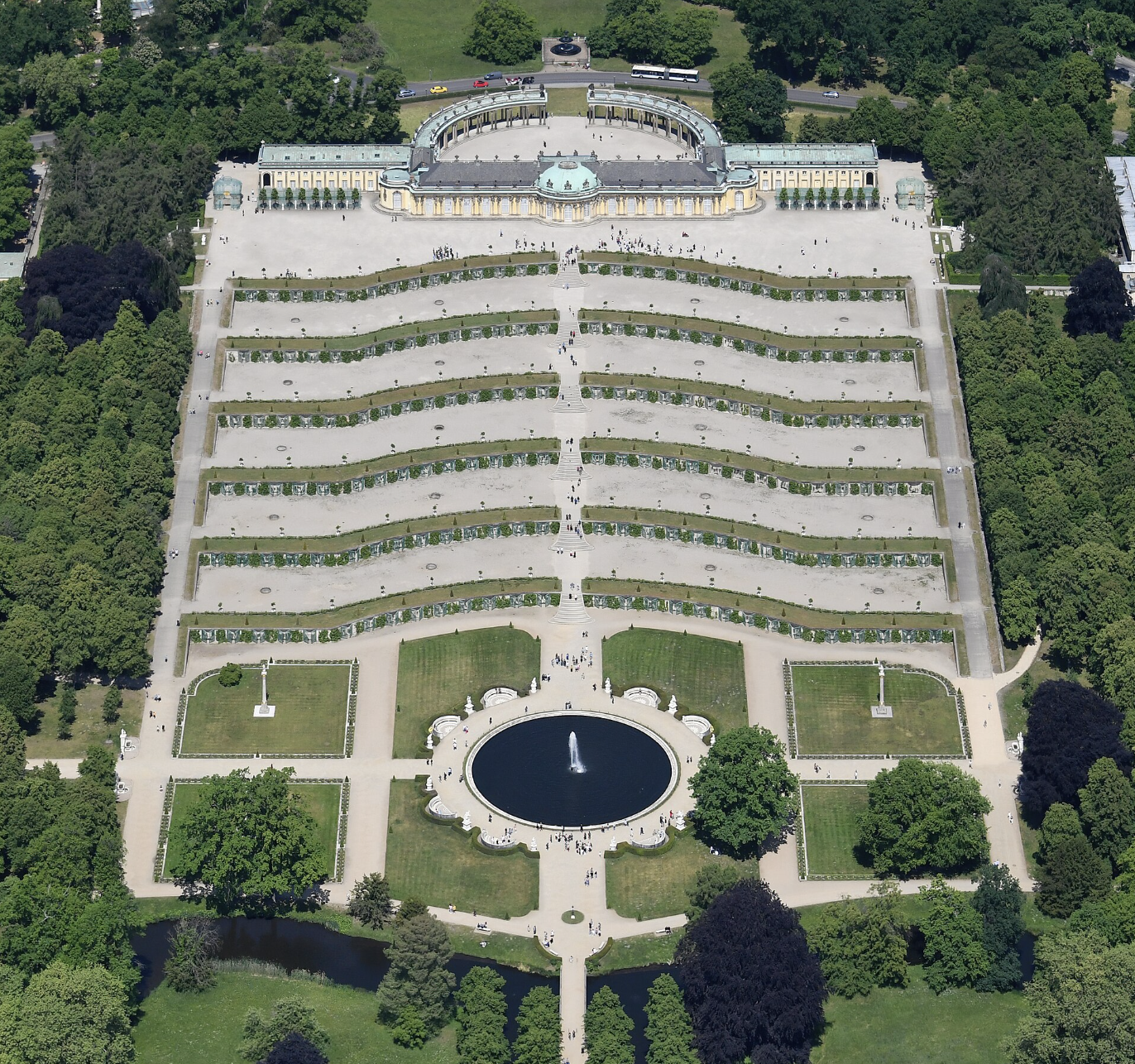When Life Gives You Lemons
“When Life Gives You Lemons”, Created by author using ChatGPT
Attempting to put a positive spin on a gloomy situation, folks often say, "When life gives you lemons…"
Yet, if I were a lemon, I'd be a bit sour, knowing I'm always the go-to fruit for life's less-than-zesty moments!
Yellow is color #3 on our ROYGBIV journey of hues, and perhaps the happiest of them all!
How to Design with Yellow
Yellow paint colors are very difficult to select, even for the most seasoned designers! It’s so easy to go too neon or too golden in color.
It’s important to always get a paint sample and apply it to your walls before painting a whole room, especially when it comes to yellow.
The natural light, or lack thereof, will change the way your paint looks in your space throughout the day.
Do you want a pop of color? Opt for a tangy yellow.
Do you want a soft glow? Select a beautiful pastel yellow.
Do you want to make your space feel warm and sophisticated? Lean towards a deeper marigold or golden yellow.
Writer Anna Claire Mauney offers a succinct summary of the color yellow.
“The color yellow has a rich cultural history that rivals the warmth of the various shades that it comes in. Often linked to the sun, it has come to symbolize a multitude of things from power and divinity to peasantry and isolation.”
It’s important to note which colors are complementary or split-complementary to yellow.
Purple is the direct complement to yellow. Blue-purple and red-purple, positioned to the left and right of purple on the color wheel, can also be paired effectively with yellow.
Here are a few pieces of home decor that highlight yellow along with its complementary and split-complementary colors.
Yellow as an Accent
This project by Landed Interiors & Homes used yellow as a unifying thread throughout the home.
Bright and cheerful, yellow is the perfect choice for a front door! Is there a better way to greet guests than with a ray of sunshine?
The heart of the home, the kitchen, surprises you with a square, yellow backsplash as an accent.
Pro tip: When selecting a kitchen backsplash, choose a tile with lots of variation. As you see above, each tile varies in color, adding depth and character to the kitchen.
One of my favorite handmade tile companies is Fireclay Tile. They excel at showcasing the unique characteristics of their tiles. From a crackle glaze to matte finishes, and everything in between — the world is your oyster!"
A similar tile to the one above, “Haystack”, from Fireclay comes in a variety of sizes, including 4”x4”.
This particular tile rates “V4” for variation, meaning that you’ll notice from tile to tile that they vary in color.
Fireclay Tile, Variation Scale
Yellow as a Backup Dancer
Consider painting your pantry the happiest shade of yellow. Usually behind closed doors, this is the perfect spot to pack a punch!
Story Street Studio coined this the “happiest pantry ever”, and I have to agree.
Perfect for my daily snack cravings… more like hourly snack cravings.
Pro tip: For a cohesive look, paint your shelving the same color as the walls!
Yellow Front and Center
This space brings a smile to my face!
Designer Colleen Simonds used this beautiful yellow mural to liven up this otherwise neutral space.
The organic movement in this mural helps soften the white brick room, while the pops of pink and orange add additional color and warmth.
Yellow in Architecture
Sanssouci, Potsdam Germany
On a study abroad trip to Germany, I had the pleasure of touring the grounds of Sanssouci, a stunning yellow palace.
The palace's name is a French phrase ('sans souci') meaning 'without worries' or 'carefree,' emphasizing that the palace was meant as a place of relaxation rather than a seat of power.
The palace was built by the Prussian king, Frederick the Great, to serve as his summer residence. Strategically placed atop a hill, it overlooks a vineyard and acres of gardens stretching across the countryside.
I can only imagine that the architect and owner chose the color yellow because it is such a cheerful color for a summer home.
Yellow is happiness beyond reason. The color of joy.
According to Kristin Hohenadel in What is Rococo Architecture, “Rococo is an ornamental, flamboyant, intricately detailed and layered style of architecture that emerged in the 18th century in Paris and spread throughout France and Europe.”
This particular palace is categorized as “German Rococo”. The German style was known for their explosion of forms which would cascade down walls. (Rococo)
“German architects adapted the Rococo style but made it far more asymmetric and loaded with more ornate decoration than the French original. It featured molding formed into curves and counter-curves, twisting and turning patterns, ceilings and walls with no right angles, and stucco foliage which seemed to be creeping up the walls and across the ceiling.”
Although this aerial view doesn’t capture the elevation change, you can start to understand the scale of the grounds and just how much there is to explore! Not depicted here are the hundreds of acres that surround the palace.
Color Symbolism
Positive: Happiness, joy, masculinity, sacredness, royalty, prosperity, auspicious
Negative: Caution, mourning
Fun Facts
Wooden pencils have been painted yellow since the 1890s. The color yellow was chosen because the highest quality graphite came from China, where the color signified royalty (Meaning of Yellow).
Yellow Day, the supposed happiest day of the year, is celebrated annually on June 20.
The most common color of Skittles is yellow.
John D. Hertz, who founded the Yellow Cab Company, chose to paint his taxis yellow after reading a study that the color is highly visible from great distances.
Egg yolks are yellow because chickens typically eat green leafy vegetables (like kale and lettuce) and yellow corn, which contains yellow pigments called xanthophylls.
Origin of Yellow
Are you tiring of hearing about the Lascaux Caves in South-Western France? We’ve reviewed red, orange, and now yellow pigments that all made their debut in these caves. Our earliest record of yellow.
“In ancient religions, yellow was a sacred color. Yellow, like gold, was seen as eternal, imperishable and indestructible. Many religions worshipped the sun, and the sun gods were depicted wearing yellow. The Ancient Egyptians believed the gods had gold skin and bones and used yellow for their skin tone in art.”
The Creation of Yellow Pigments
Limonite, a mineraloid containing iron hydroxide, is the main ingredient of all the ochre pigments.
1. Yellow Ochre: Ochre is a family of earth pigments, which includes yellow ochre, red ochre, purple ochre, sienna, and umber. The major ingredient of all ochres is iron(III) oxide-hydroxide, known as limonite, which gives them a yellow color (Ochres).
2. Indian Yellow: Indian Yellow was manufactured in rural India from the urine of cattle fed only on mango leaves and water. The urine would be collected and dried, producing foul-smelling hard dirty yellow balls of the raw pigment, called "purree".
The process was allegedly declared inhumane and outlawed in 1908, but no record of these laws has been found (Indian Yellow).
Detail from Seurat's Parade de cirque, 1889, showing the contrasting dots of paint which define Pointillism
Fun fact #1: Many natural yellow pigments are no longer used today due to their toxicity. This list includes Naples Yellow, Chrome Yellow, and Cadmium Yellow.
Fun fact #2: Zinc yellow is a synthetic pigment made in the 19th century, and used by the painter Georges Seurat in his pointillist paintings. He did not know that it was highly unstable, and would quickly turn brown (Pointillism).
Pointillism is a technique of painting in which small, distinct dots of color are applied in patterns to form an image (Pointillism).
Yellow in Art
According to Great Artists and the Color Yellow in Art Through History, “During Vincent Van Gogh’s self-proclaimed Yellow Period (1886-1890), the prolific artist often completed two canvases in a single day.”
From sunflowers to wheat fields, Van Gogh loved the color yellow.
Early in his career, he used the ancient yellow ochre like so many artists before him. Later, innovations in chemistry produced cadmium yellow and chrome yellow. Van Gogh embraced the new pigments, finding they brought a vibrancy to his yellow palette that made yellow ochre appear dull in comparison. (Great Artists and the Color Yellow in Art Through History)
Yellow Accessories
Want a happy splash of yellow in your home? Check out the following yellow accessories!
This retro daisy lamp is everything!
Inspired by ancient Chinese vases, these handmade vessels are perfect vintage-looking pieces of art.
The vibrant cherry blossoms and hummingbirds are striking against the warm yellow background.
A simple reminder!
There’s always something to be thankful for, something to smile about, and something to laugh about.
Find that ray of sunshine, hold onto it, and share it with someone else!
How cute! Loving the wave detail around the edge.
Rated for indoor and outdoor use, this sconce would be the perfect color pop on a porch.
Perfect for those backyard grilling kind of nights that turn into late night fireside chats.
Get Zesty, Friends!
Our interiors define who we are and have a huge impact on our mood. Where can you sprinkle some yellow zest throughout your home?
I would love to see how you use yellow in your space! Tag me on Instagram @maison.de.molly 📍
































